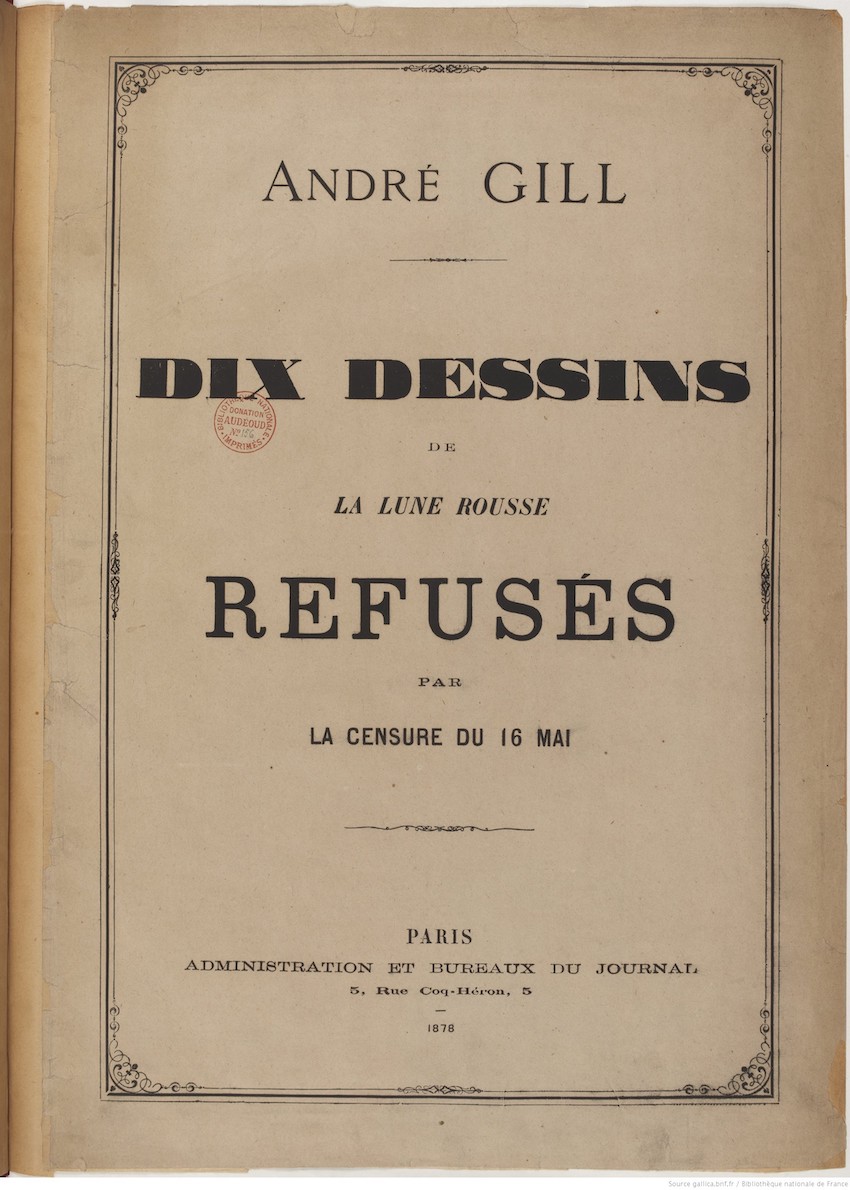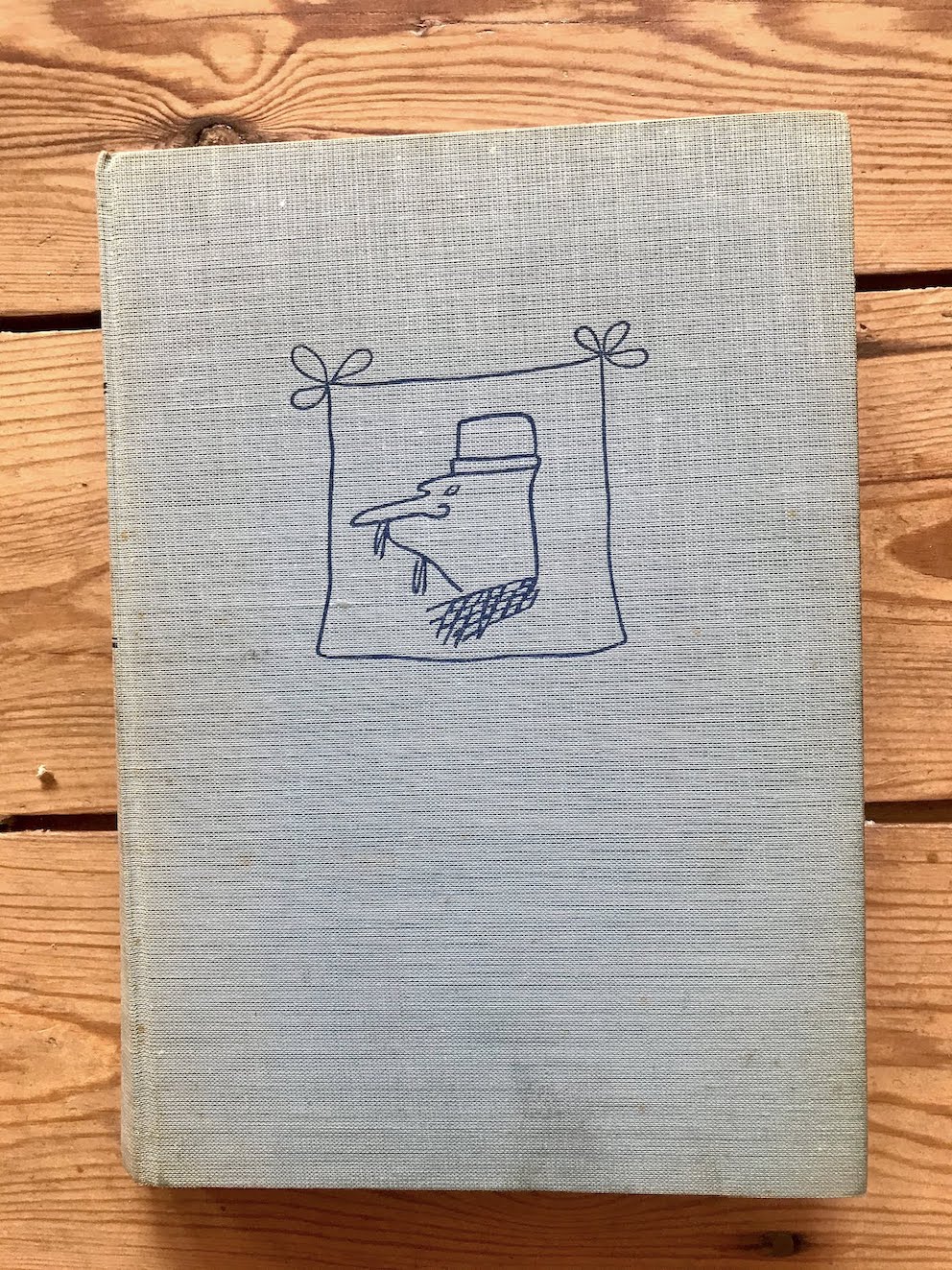STOLON, subst. m. 1. Bot Tige rampante à feuilles écailleurses, terminée par un bourgeonn pouvant s’enraciner : Stolons du fraisier. 2. Zool. Excroissance tissulaire assurant, par bourgeonnement, la reproduction asexuée de certains animaux primitifs. (1549, rejeton d’un noisetier) In botany, stolons are stems which grow at the soil surface or just below ground that form adventitious roots at the nodes, and new plants from the buds.[1][2] Stolons are often called runners. Rhizomes, in contrast, are root-like stems that may either grow horizontally at the soil surface or in other orientations underground.[1] Thus, not all horizontal stems are called stolons. Plants with stolons are called stoloniferous. A stolon is a plant propagation strategy and the complex of individuals formed by a mother plant and all its clones produced from stolons form a single genetic individual, a genet. Strawberry propagation. IMAGE ID 1603550
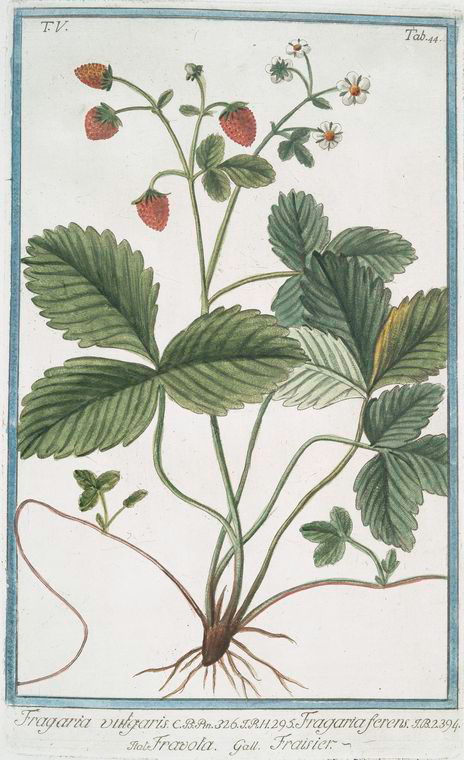 Un gourmand est une branche secondaire qui se développe sur
une branche principale d’une plante. Il faut généralement le
supprimer car il épuise inutilement la plante en absorbant la
sève à son profit et au détriment de la branche principale.
La suppression des gourmands est à faire régulièrement sur les
pieds de tomates, notamment : opération indispensable pour
avoir de beaux fruits.
http://anom.archivesnationales.culture.gouv.fr
Récolte de la tomate par des cardinaux apoplectiques
au bord de la mer rouge (effet d'aurore boréale)
Album primoavrilesque... - Paris : P. Ollendorff, (1897)
Un gourmand est une branche secondaire qui se développe sur
une branche principale d’une plante. Il faut généralement le
supprimer car il épuise inutilement la plante en absorbant la
sève à son profit et au détriment de la branche principale.
La suppression des gourmands est à faire régulièrement sur les
pieds de tomates, notamment : opération indispensable pour
avoir de beaux fruits.
http://anom.archivesnationales.culture.gouv.fr
Récolte de la tomate par des cardinaux apoplectiques
au bord de la mer rouge (effet d'aurore boréale)
Album primoavrilesque... - Paris : P. Ollendorff, (1897)
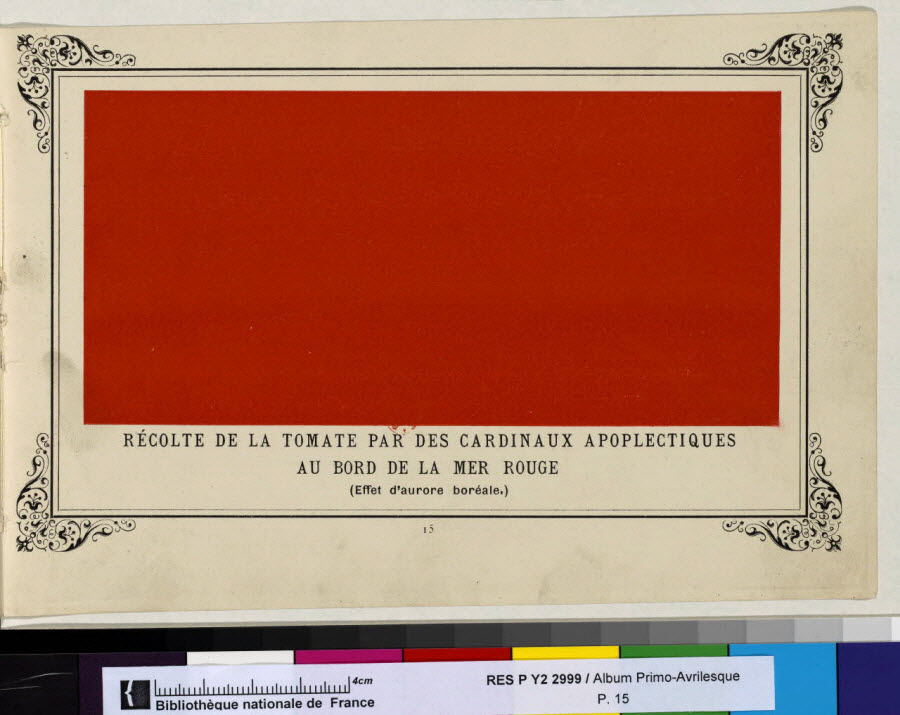 Un Gourmand ! RESERVE QB-370 (74)-FT 4
Un Gourmand ! RESERVE QB-370 (74)-FT 4
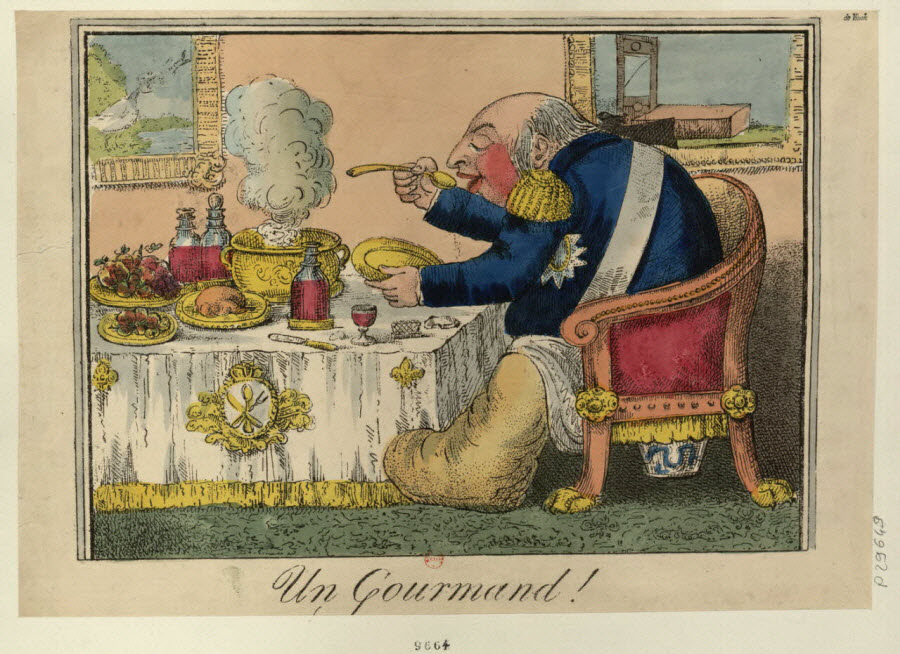 My fascination for archive is the utopia that archive stands for.
A collective impossibility of gathering to capture the past – Why does such
passion grow from these dark dusty rooms? The feeling of absurd uselessness
of the conservative act of trying to grasp – whatever it may be (a sense, a
trace or a footstep?). But life can’t be reacted, kept forever – it is the
deepest human threat that one has to face while entering archive – death.
My fascination for archive is the utopia that archive stands for.
A collective impossibility of gathering to capture the past – Why does such
passion grow from these dark dusty rooms? The feeling of absurd uselessness
of the conservative act of trying to grasp – whatever it may be (a sense, a
trace or a footstep?). But life can’t be reacted, kept forever – it is the
deepest human threat that one has to face while entering archive – death.
Archive d'Outremer, ???
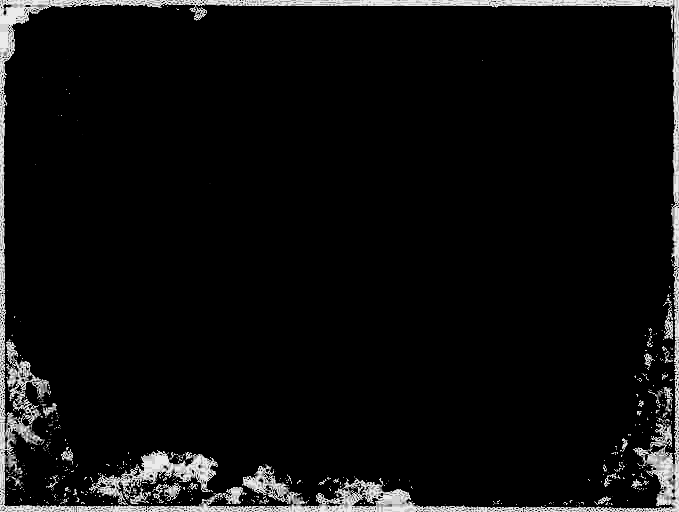 The Power of the Archive and its Limits, 2002
The Power of the Archive and its Limits, 2002 Achille Mbembe
The archive, therefore, is fun damentally a matter of discrimination and of selection, which, in the end, results in the granting of a privileged status to certain written documents, and the refusal of that same status to others, thereby judged 'unarchivable'. The archive is, therefore, not a piece of data, but a status.
Archives are already in their conservation distorted. They are selected documents from the past for the ‘future’, whatever it may be. Through this optic, archives are then open for new manipulations; The importance of their location, their origin, their content are important to keep in mind while entering archival research. At the same time, these must not obstruct possibilities to interpret and to modify their meaning. Through this process, the archive gets another breath and lives again.
What can the archive that were kept until us today can tell us about everything that wasn’t conserved? What was lost? How can the concealed layer be visible again: To work with association, fragmentation (fractures) and deconstruction to critic and interrogate what history would like us to believe. Where is the lie?
Fabel van de oude kat en de muizen, Aegidius Sadeler,
naar Marcus Gheeraerts (I), 1608
RP-P-OB-5239
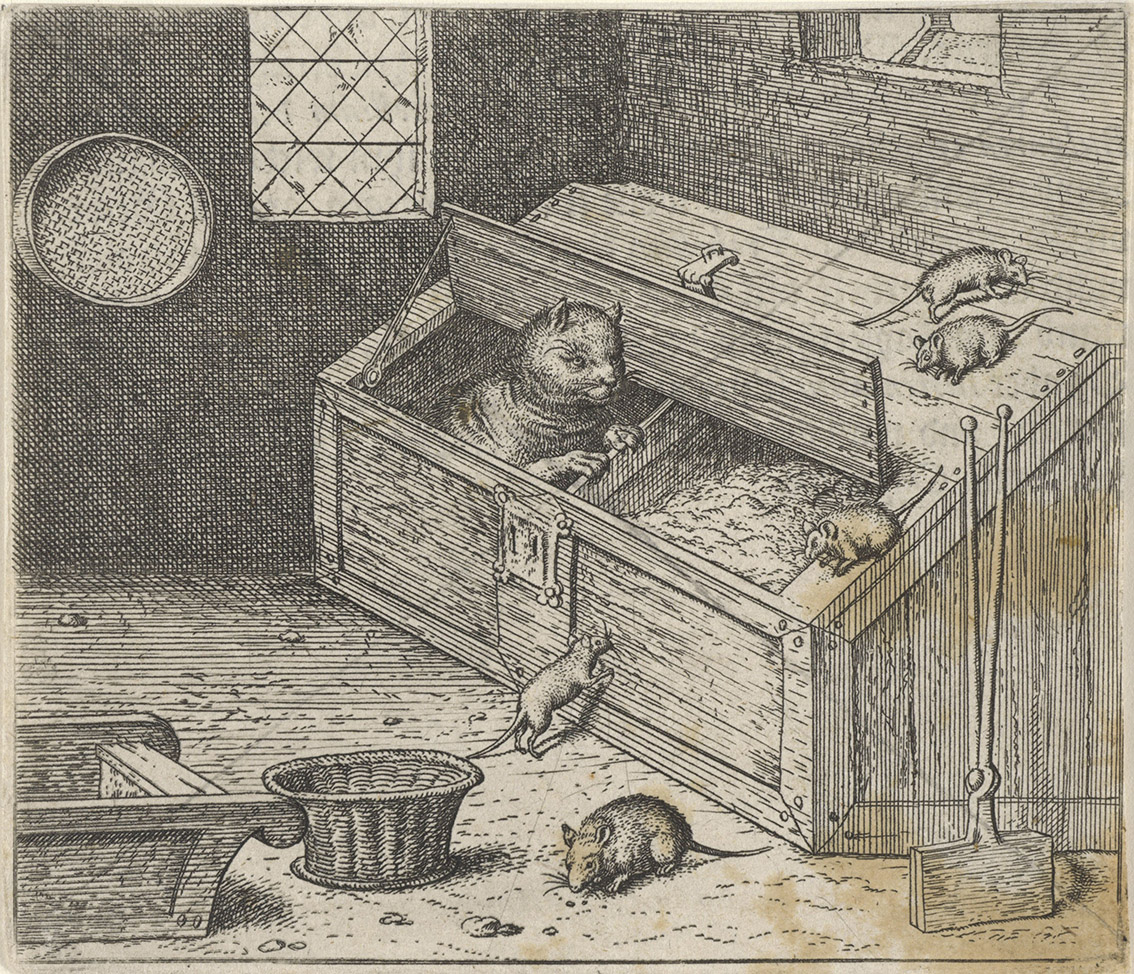 In the filmographic essay
A GRIN WITHOUT A CAT (LE FOND DE L’AIR EST ROUGE (FR))
Chris Marker revisits through archival footage the evolution of the political
problematics across the world during ten years (1967-1977). Using revolt images of
witnesses, Marker creates a reminder of those who thought the powers, who wish that we
had no memory. The film shows the creation of ideologies, their failure and their death.
The mounting of the different films reminds us the construction of remembrance through history.
The errors of the past are better to be forgotten than to become a warning for the future.
In the filmographic essay
A GRIN WITHOUT A CAT (LE FOND DE L’AIR EST ROUGE (FR))
Chris Marker revisits through archival footage the evolution of the political
problematics across the world during ten years (1967-1977). Using revolt images of
witnesses, Marker creates a reminder of those who thought the powers, who wish that we
had no memory. The film shows the creation of ideologies, their failure and their death.
The mounting of the different films reminds us the construction of remembrance through history.
The errors of the past are better to be forgotten than to become a warning for the future.
« J’ai toujours précisé que la politique, art du compromis (et c’est tant mieux), ne m’intéresse guère. Ce qui m’intéresse c’est l’histoire, et j’ajouterais : la politique ne m’intéresse que dans la mesure où elle est la coupe de l’histoire dans le présent. »[1]
déclarait Marker en 2008.
He combines different narratives (here four exemplary conflicts: Cuba, Vietnam, Praha and Santiago) with a cynical and pessimistic gr(a)in in the editing of chocking, empowering or heroic images highlighting the political contradictions they live in. Flirting with the border of documentary genre to trouble the viewer’s attention, A GRIN WITHOUT A CAT uncovers the dreams of disappointments, liberty and power.
Through the images of others, Marker gives rise to his story of the oppressed. These are carefully selected over the idea of uprising: Being UP; STANDING, RISING as a symbol, as the gesture of the oppression. Interrogating directly the repression of images, the film follows the rise and fall of revolutionary utopias.
Atelier Populaire de l’École Nationale Supérieure des Beaux-Arts, Nous irons jusqu’au bout, mai 1968, Sérigraphie couleur, 81 x 62 cm., Bibliothèque nationale de France, Paris.
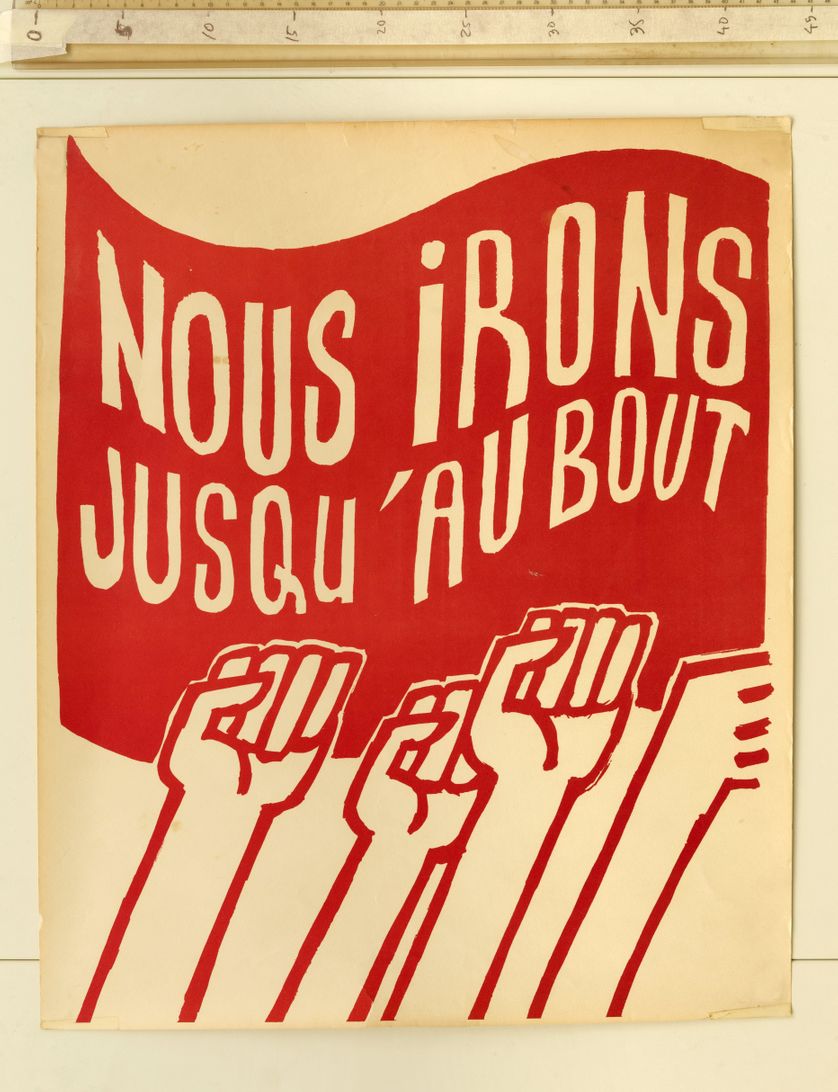 Face au mur
Face au mur
Bourdonnement
On ne sait jamais ce qu’on filme: ce qui semble anecdotique deviendra un grand moment d’histoire plus tard. Ou inversement.
La politique du geste
Manifestation du corps
La trouille
L’anarchie
Détruire Paris
En étant sincère, ils nous ont réveillés
Dépaver la chaussée, il ne reste plus que du sable
Qui peut empêcher l’eau de couler?
Pourquoi quelquefois les images se mettent-elles à trembler?
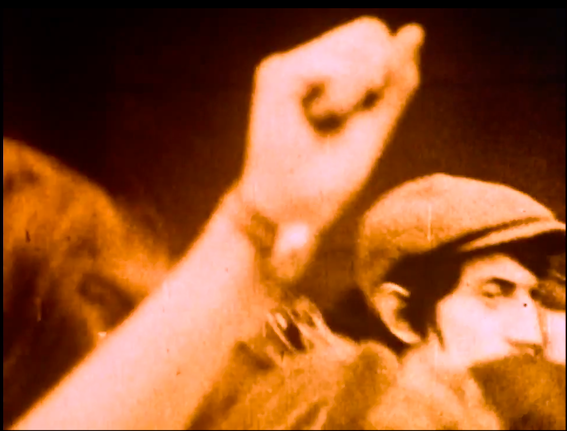 Mai ’68 n’a pas eu lieu
Mai ’68 n’a pas eu lieu
Gilles Deleuze et Félix Guattari reprennent la parole ensemble pour analyser 1984 à la lumière de 1968.
1917, il y a toujours une part d’événement, irréductible aux déterminismes sociaux, aux séries causales. Les historiens n’aiment pas bien cet aspect : ils restaurent des causalités paraprès. Mais l’événement lui-même est en décrochage ou en rupture avec les causalités : c’est une bifurcation, une déviation par rapport aux lois, un état instable qui ouvre un nouveau champ de possibles. Prigogine a parlé de ces états où, même en physique, les petites différences se propagent au lieu de s’annuler, et où des phénomènes tout à fait indépendants entrent en résonance, en conjonction. En ce sens, un événement peut être contrarié, réprimé, récupéré, trahi, il n’en comporte pas moins quelque chose d’indépassable. Ce sont les renégats qui disent : c’est dépassé. Mais l’événement lui-même a beau être ancien, il ne se laisse pas dépasser : il est ouverture de possible. Il passe à l’intérieur des individus autant que dans l’épaisseur d’une société.
Et encore les phénomènes historiques que nous invoquons s’accompagnaient de déterminismes ou de causalités, même s’ils étaient d’une autre nature. Mai 68 est plutôt de l’ordre d’un événement pur, libre de toute causalité normale ou normative. Son histoire est une « succession d’instabilités et de fluctuations amplifiées ». Il y a eu beaucoup d’agitations, de gesticulations, de paroles, de bêtises,d’illusions en 68, mais ce n’est pas ce qui compte. Ce qui compte, c’est que ce fut un phénomène de voyance, comme si une société voyait tout d’un coup ce qu’elle contenait d’intolérable et voyait aussi la possibilité d’autre chose. C’est un phénomène collectif sous la forme : « Du possible, sinon j’étouffe ». Le possible ne préexiste pas, il est créé par l’événement. C’est une question de vie. L’événement crée une nouvelle existence, il produit une nouvelle subjectivité (nouveaux rapports avec le corps, le temps de la sexualité, le milieu, la culture, le travail...).
Marginalisé, ou caricaturé...
Quand une mutation sociale apparaît, il ne suffit pas d’en tirer les conséquences ou les effets suivant des lignes de causalités économiques et politiques. Il faut que la société soit capable de former des agencements collectifs correspondant à la nouvelle subjectivité, de telle manière qu’elle veuille la mutation. C’est cela, une véritable « reconversion ». Le New Deal américain, l’essor japonais furent des exemples très différents de reconversion subjective, avec toutes sortes d’ambiguïtés et même de structures réactionnaires, mais aussi avec la part d’initiative et de création qui constituait un nouvel état social capable de répondre aux exigences de l’événement. En France au contraire, après 68, les pouvoirs n’ont pas cessé de vivre avec l’idée que « ça se tasserait ». Et en effet, ça s’est tassé, mais dans des conditions catastrophiques. Mai 68 ne fut pas la conséquence d’une crise ni la réaction à une crise. C’est plutôt l’inverse. C’est la crise actuelle, ce sont les impasses de la crise actuelle en France qui découlent directement de l’incapacité de la société française à assimiler Mai 68. La société française a montré une radicale impuissance à opérer une reconversion subjective au niveau collectif, telle que l’exigeait 68 : dès lors, comment pourrait-elle opérer actuellement une reconversion éco- nomique dans des conditions de « gauche » ? Elle n’a rien su proposer aux gens : ni dans le domaine de l’école, ni dans celui du travail. Tout ce qui était nouveau a été marginalisé ou caricaturé. On voit aujourd’hui les gens de Longwy s’accrocher à leur acier, les producteurs laitiers à leurs vaches, etc. : que feraient-ils d’autre, puisque tout agencement d’une nouvelle existence, d’une nouvelle sub- jectivité collective a été écrasé d’avance par la réaction contre 68, à gauche presque autant qu’à droite ? Même les radios libres. Chaque fois le possible a été refermé.
Les enfants de Mai 68, on les retrouve un peu partout, ils ne le savent pas eux-mêmes, et chaque pays en produit à sa manière. Leur situation n’est pas brillante. Ce ne sont pas de jeunes cadres. Ils sont bizarrement indifférents, et pourtant très au courant. Ils ont cessé d’être exigeants, ou narcissiques, mais savent bien que rien ne répond actuellement à leur subjectivité, à leur capacité d’énergie. Ils savent même que toutes les réformes actuelles vont plutôt contre eux. Ils sont décidés à mener leur propre affaire, autant qu’ils peuvent. Ils maintiennent une ouverture, un possible.
- LES NOUVELLES - 75 Mai ’68 n’a pas eu lieu
Leur portrait poétisé, c’est Coppola qui l’a fait dans Rusty James ; l’acteur Mickey Rourke explique : « C’est un personnage qui est un peu au bout du rouleau, sur la tranche. Il n’est pas le genre Hell’s Angel. Il a des cellules grises, en plus il a du bon sens. Un mélange de culture venant de la rue et de l’université. Et c’est ce mélange qui l’a rendu fou. Il ne voit rien. Il sait qu’il n’y a aucun boulot pour lui, puisqu’il est plus futé que n’importe quel type prêt à l’engager... » (Libération, 15 février 1984).
Il n’y a de solution que créatrice
C’est vrai du monde entier. Ce qu’on institutionnalise, dans le chômage, la retraite, l’école, ce sont les « situations d’abandon » contrôlées, avec les handicapés pour modèle.
Les seules reconversions subjectives actuelles, au niveau collectif, sont celles d’un capitalisme sauvage à l’américaine, ou bien d’un fondamentalisme musulman comme en Iran, des religions afro-américaines comme au Brésil : ce sont les figures opposées d’un nouvel intégrisme (il faudrait y ajouter le néopapisme européen). L’Europe n’a rien à proposer, et la France ne semble plus avoir d’autre ambition que de prendre la tête d’une Europe américanisée et surarmée qui opérerait d’en haut la reconversion économique nécessaire. Le champ des possibles est pourtant ail- leurs : suivant l’axe Ouest-Est, le pacifisme, en tant qu’il se propose de désagréger les rapports de conflit, de surarmement, mais aussi de complicité et de répartition entre les États- Unis et l’URSS.
Suivant l’axe Nord-Sud, un nouvel internationalisme, qui ne se fonde plus seulement sur une alliance avec le Tiers-monde, mais sur les phénomènes de tiers-mondanisation dans les pays riches eux-mêmes (par exemple l’évolution des métropoles, la dégradation des centres-villes, la montée d’un Tiers-monde européen telles que Paul Virilio les analyse). Il n’y a de solution que créatrice. Ce sont ces reconversions créatrices qui contribueraient à résoudre la crise actuelle et prendraient la relève d’un Mai 68 généralisé, d’une bifurcation ou d’une fluctuation amplifiée.
Gilles Deleuze et Félix Guattari
_______________

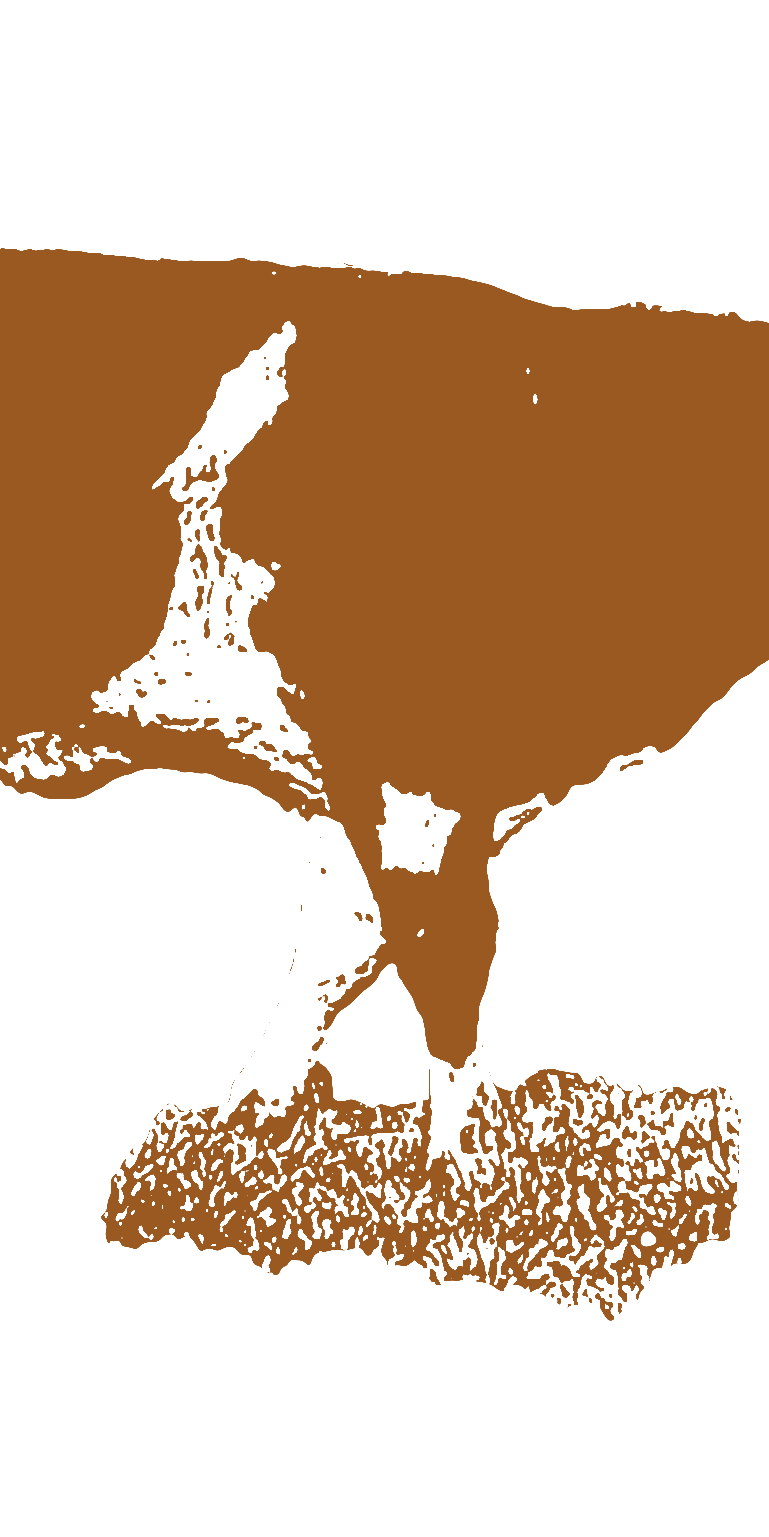 L’Ermite
L’Ermite
Près du village de Ave-et-Auffe, se trouve des vestiges de l’ermite de Restreigne. Les pierres taillées avec des poèmes de Lamartine m’avait marqué il y a quelques années déjà. Suivre les traces de l’ermite nous laisse penser à une figure solitaire vivant de peu, se contentant de l’essentiel pour une proximité spirituelle et singulière avec la nature.
En revisitant ce site qui a marqué les vacances de Pâques de mon enfance pendant la période de confinement de 2020, il laisse penser sur notre rythme de vie actuel et sur les alternatives possible. Qui se cache derrière ‘L’ermite’ et quels étaient ses intentions lorsque il décida de s’installer au beau milieu de la forêt.
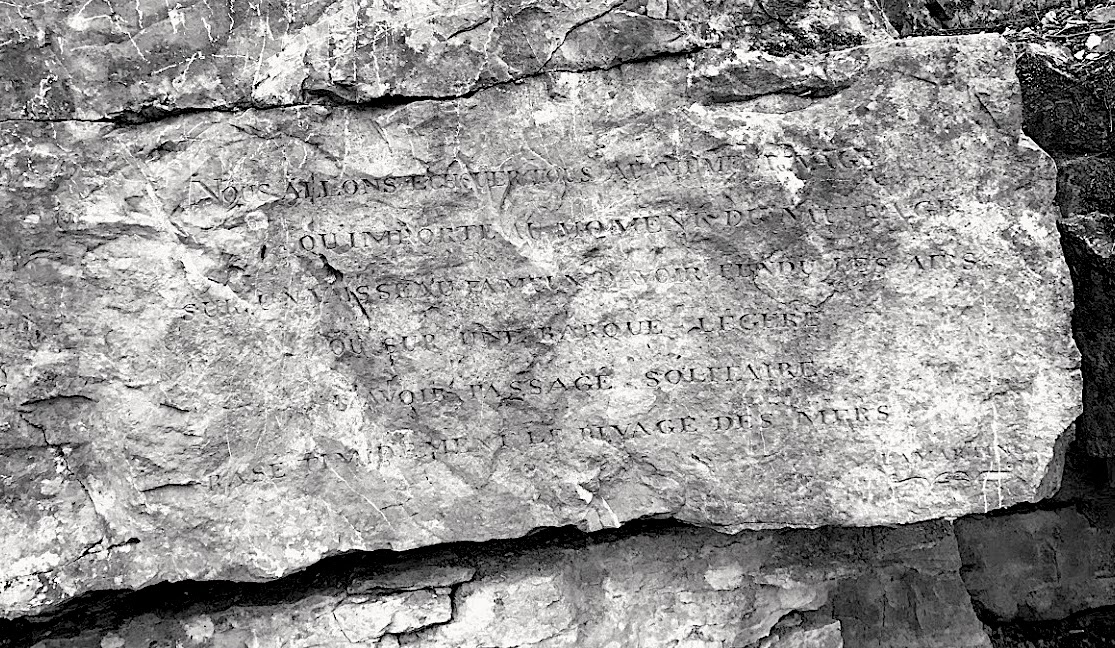 L’ermite se révèle être Edmond d'Hoffschmidt de Resteigne, né à Namur,
le 24 octobre 1777, décédé à Resteigne, le 12 mars 1861, fut officier
dans les armées napoléoniennes, puis ermite-philosophe et enfin bourgmestre
de Resteigne.
L’ermite se révèle être Edmond d'Hoffschmidt de Resteigne, né à Namur,
le 24 octobre 1777, décédé à Resteigne, le 12 mars 1861, fut officier
dans les armées napoléoniennes, puis ermite-philosophe et enfin bourgmestre
de Resteigne.
Sorti de l'armée, Edmond vécut peut-être quelque temps dans le beau monde, à Bruxelles. Revenu à Resteigne dès 1811, il décida de se retirer dans un ermitage au sommet d'une colline, au lieu-dit les Gaudrées, dans le Bois de Niau (à Auffe), non loin des ruines de la chapelle désaffectée de Saint-Pierre-Mont, qui avait été longtemps, jusqu'au XVIIIe siècle, desservie par différents ermites religieux. Il s'y fit construire une maison et un fournil pour y cuire son pain; plus tard, il y ajouta une petite serre puis il fit édifier une tour en pierre, haute d'environ 8,80 m.
Il fit buriner, sur les rochers formant le socle de sa tour, de nombreuses inscriptions: citations poétiques ou sentences invitant à la sagesse, provenant d'auteurs divers et dont plusieurs sont encore lisibles aujourd'hui. Aujourd’hui, il ne reste que quelques pierres de sa demeure plutôt confortable et le titre d’ermitage peut être remis en question même si il s’est un petit peu isolé sans doute du monde mondain duquel il faisait partie. Il y passa une quinzaine d’années avant d’hériter du château familial. Le peu de traces qu’il reste de son existence laisse penser à une vie beaucoup plus simple que celle qu’il a dû mener à l’époque. Les mots s’effacent lentement des pierres mais quelques phrases sont encore lisible. Ces traces laissent rêveur du passage de cet homme et de sa vision d'inspiration rousseauiste et plutôt romantique de son retrait dans la solitude de la nature.
Ses méditations philosophiques sont finalement ce qu’il reste en haut de cette petite colline offrant une belle vue en plein cœur des Ardennes Belges. Son testament stipulait un entretien de son ‘ermitage’ mais le domaine fut vendu et causa la ruine du bâtiment.
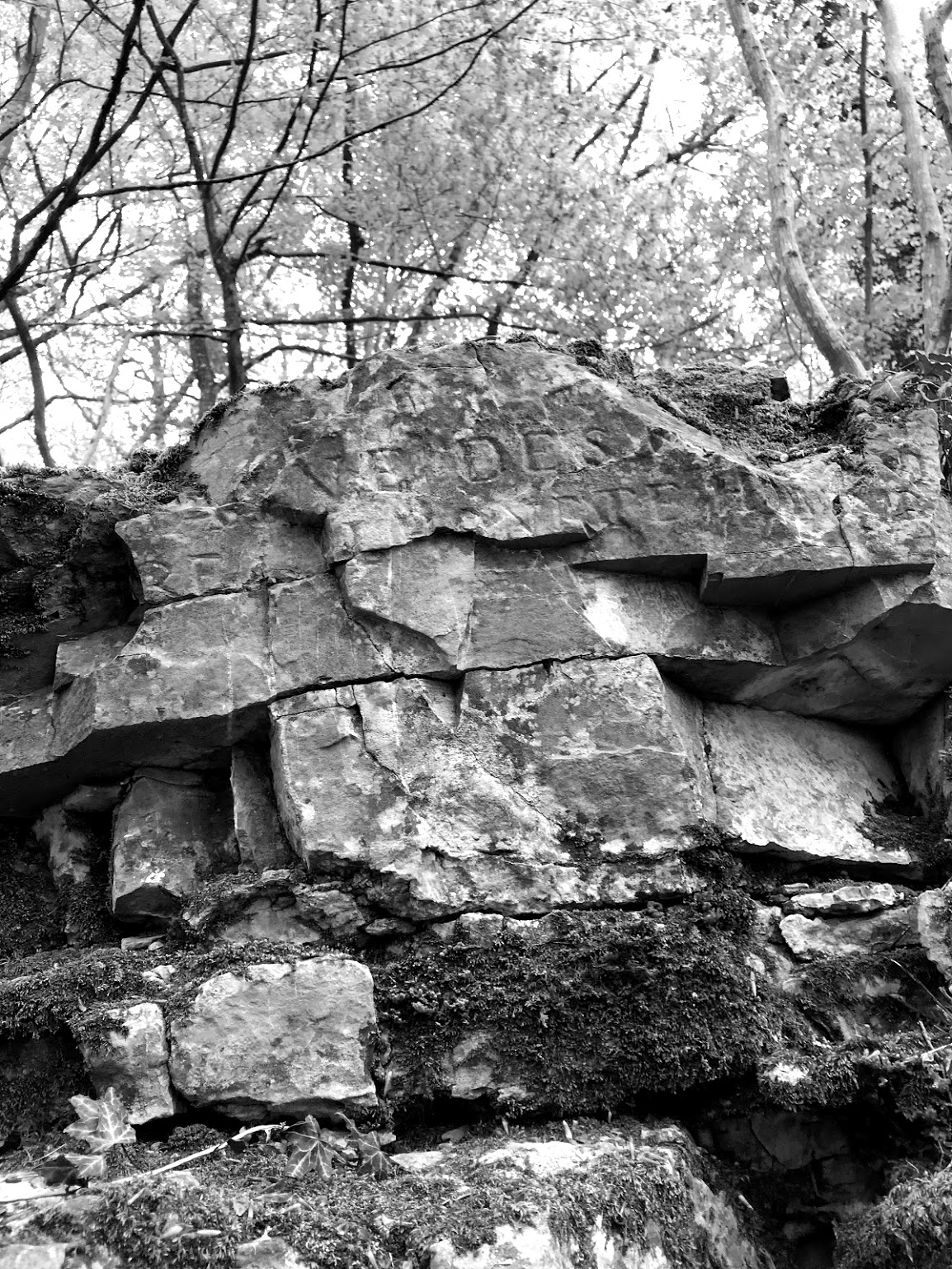 Le personnage que fût l’ermite ne correspond pas à l’image que je
m’étais faite de ce mystérieux personnage qui à ma première vision vécu
seul en haut de sa colline, taillant de ses mains des poèmes appris par
cœur, solitaire et avec un certain refus de la vie en société. Les moyens
économiques et la grandeur du domaine à l’époque m’ont fort étonné,
devant le peu de pierres restantes, mais ces mots gravés avaient inspiré
mon imagination sur les intentions de l’ermite. Au final, malgré un
certain manque de réalisme de mon idée crée autour de l’ermitage,
celui-ci a atteint d’une certaine façon son aspiration.
La nature ayant repris ses droits, recouvrent au fur et à mesure
les constructions de l’ermitage. Ceci mène aujourd’hui à un lieu
aux allures mystiques qui résonne dans l’esprit poussant les baladeurs
à une certaine méditation philosophique.
Le personnage que fût l’ermite ne correspond pas à l’image que je
m’étais faite de ce mystérieux personnage qui à ma première vision vécu
seul en haut de sa colline, taillant de ses mains des poèmes appris par
cœur, solitaire et avec un certain refus de la vie en société. Les moyens
économiques et la grandeur du domaine à l’époque m’ont fort étonné,
devant le peu de pierres restantes, mais ces mots gravés avaient inspiré
mon imagination sur les intentions de l’ermite. Au final, malgré un
certain manque de réalisme de mon idée crée autour de l’ermitage,
celui-ci a atteint d’une certaine façon son aspiration.
La nature ayant repris ses droits, recouvrent au fur et à mesure
les constructions de l’ermitage. Ceci mène aujourd’hui à un lieu
aux allures mystiques qui résonne dans l’esprit poussant les baladeurs
à une certaine méditation philosophique.
Merci à l'Association sans but lucratif « Les Amis de l’Ermite de Resteigne » d’avoir remis la mémoire d’Edmond d'Hoffschmidt de Resteigne (1777-1861), dit l’Ermite, à la lumière du jour.
_______________
Saints de Glace 2020 (Google German Calendar)
Début: lundi 11 mai 2020
Fin:vendredi 15 mai 2020

« Saints Mamert, Pancrace et Servais sont
toujours des saints de glace. » Ne doit pas être confondu avec Les Seins de glace. Les saints de glace sont une période climatologique située, selon les observations populaires européennes du Haut Moyen Âge, autour des dates des fêtes de saint Mamert, saint Pancrace et saint Servais, traditionnellement célébrées les 11, 12 et 13 mai de chaque année.
Ces saints sont invoqués par les agriculteurs et jardiniers pour anticiper l'effet d'une baisse de la température sur les cultures, qui pouvait être observée en cette période et qui provoquait le gel (phénomène de la lune rousse). Une fois cette période passée, le gel ne devait plus être craint.
Statistiquement, le gel survient très rarement lors des saints de glace1, les températures minimales lors de cette période sont contrastées d'une année sur l'autre. Par ailleurs, des gelées en plaine ne sont pas impossibles après les saints de glace(2). Bien que pas toujours vérifiée, la tradition millénaire a pris le pas et certains jardiniers actuels attendent généralement la mi-mai pour planter en extérieur les plantes gélives (tomates, courgettes, etc.).
Cependant, ces dernières remarques doivent être nuancées, car il faut tenir compte de l'évolution du climat en Europe, qui a peut-être influencé les observations et coutumes populaires. Des périodes de froid intense durant le VIe siècle ont été identifiées en Europe et constatées aussi dans le reste du monde, sans qu'il soit possible de relier ce phénomène à l'apparition des dictons autour des Saints de glace. Source: Wikipedia
Flux*
From Wikipedia, the free encyclopedia Flux describes any effect that appears to pass or travel (whether it actually moves or not) through a surface or substance. A flux is a concept in applied mathematics and vector calculus which has many applications to physics. For transport phenomena, flux is a vectorquantity, describing the magnitude and direction of the flow of a substance or property. In vector calculus flux is a scalar quantity, defined as the surface integral of the perpendicular component of a vector field over a surface.[1] Strawberry propagation. Cigarette cards Gardening hints Content: Imperial Tobacco Co. of Canada; no brand given Citation/reference: Cartophilic reference books I/6-25 NYPL catalog ID (B-number): b15262620 Universal Unique Identifier (UUID): 944b0550-c565-012f-660f-58d385a7bc34 2016: Digitized 2020: Found by you!
 The world of archives is since a few years defied to a digital crisis,
through access to new media’s, evolving so quickly that it becomes a
real challenge for institutions to stay up-to-date. The internet has
created a totally new input of what we understand by archives, the
relationship between images, their accessibility and materiality which
has to be taken into account while working into these online
materials, being an extra-layer to the original document.
The tension between original and its possible copies also is a interesting point,
wondering what is lost or won when making a copy.
In an institutional context,
while losing the ‘value’ which undermines the original, the copy being a digital
or physical document (scan, photocopy, picture, drawing, sketch) allows a new
life to the original but leads also a life of itself. This one can be more
accessible to all, and also its fidelity to the original brings also more
possibilities for modification: This here is observed as something positive,
allowing the creative process to take place, opening territories for
experimentation.
The document is also this way easier to confront with other (copies) and to
displace,modify, disform to deconstruct, reconstruct, fragmentize, associate.
Of course, this is possible within archives itself, but I precise here fragile,
institutional documents which are harder to access than for example your own
daily archives. This leads back again to the definition of archives and more
precisely the important question of Derrida:
The world of archives is since a few years defied to a digital crisis,
through access to new media’s, evolving so quickly that it becomes a
real challenge for institutions to stay up-to-date. The internet has
created a totally new input of what we understand by archives, the
relationship between images, their accessibility and materiality which
has to be taken into account while working into these online
materials, being an extra-layer to the original document.
The tension between original and its possible copies also is a interesting point,
wondering what is lost or won when making a copy.
In an institutional context,
while losing the ‘value’ which undermines the original, the copy being a digital
or physical document (scan, photocopy, picture, drawing, sketch) allows a new
life to the original but leads also a life of itself. This one can be more
accessible to all, and also its fidelity to the original brings also more
possibilities for modification: This here is observed as something positive,
allowing the creative process to take place, opening territories for
experimentation.
The document is also this way easier to confront with other (copies) and to
displace,modify, disform to deconstruct, reconstruct, fragmentize, associate.
Of course, this is possible within archives itself, but I precise here fragile,
institutional documents which are harder to access than for example your own
daily archives. This leads back again to the definition of archives and more
precisely the important question of Derrida:
Where does the archive begins?
The world of archives is since a few years now challenged to a digital crisis. The access to new media’s evolves so quickly that it becomes a real challenge for institutions to stay up-to-date on a technological and constitutional level. The internet has created a totally new input of what we understand by archives and the relationship between images. Their accessibility and materiality have to be considered while working into these online materials, being an extra-layer to the original document. The tension between original and its (digital) copy on screen must be evocated while collecting virtual images.
 What is lost or won when making a copy?
What is lost or won when making a copy?
In an institutional context, while losing the ‘value’ which undermines the original, the copy being a digital or physical document (scan, photocopy, picture, drawing, sketch) allows a new life to the original. The copy leads finally a life of itself, sometimes to an extent that his relationship to the original is forgotten or plays the role of the original as this one doesn’t exist no more. Being Belgian, I do believe that the kern of our identity comes from a certain absurdity of its own patriotism. I have grown surrounded by the surrealistic artistic statements, and I here directly think to the influential Magritte ‘La trahison des Images’ or the politic-poetic oeuvre of Marcel Broodthaers and this may influence how I relate a certain superstition of to the image. While thinking on the friction of reality and fiction, the surrealist movement is certainly a strong artistic statement within art history on what is actually the connection between art, reproductivity and reality.
Photographies sur papier. Portfolio comportant 16 photographies originales de Magritte avec des titres de Louis Scutenaire Monogramme de Georgette Magritte en bas à droite : G M Dimensions : 23,8 x 17,8 (chaque photo) Origine : Acquis des Editions Lebeer Hossman, Bruxelles, 1978 © Ch. Herscovici, avec son aimable autorisation c/o SABAM Belgium
 Archival resources by making an online access to their archive are creating
a new space without clear boundaries. Its dimensions are expansive: One has
(nearly) no control on how the image will travel through the virtual space
and where it may land.
Archival resources by making an online access to their archive are creating
a new space without clear boundaries. Its dimensions are expansive: One has
(nearly) no control on how the image will travel through the virtual space
and where it may land.
The relationship between the camera and the reality exists throughout its ambiguity. The photographic medium is complex, leading to the fascination of the visual (which in my belief is expanding as our culture relies strongly on images and as technology is becoming more and more misleading (if they haven’t always been – isn’t maybe even its powerfulness lies its polysemy).
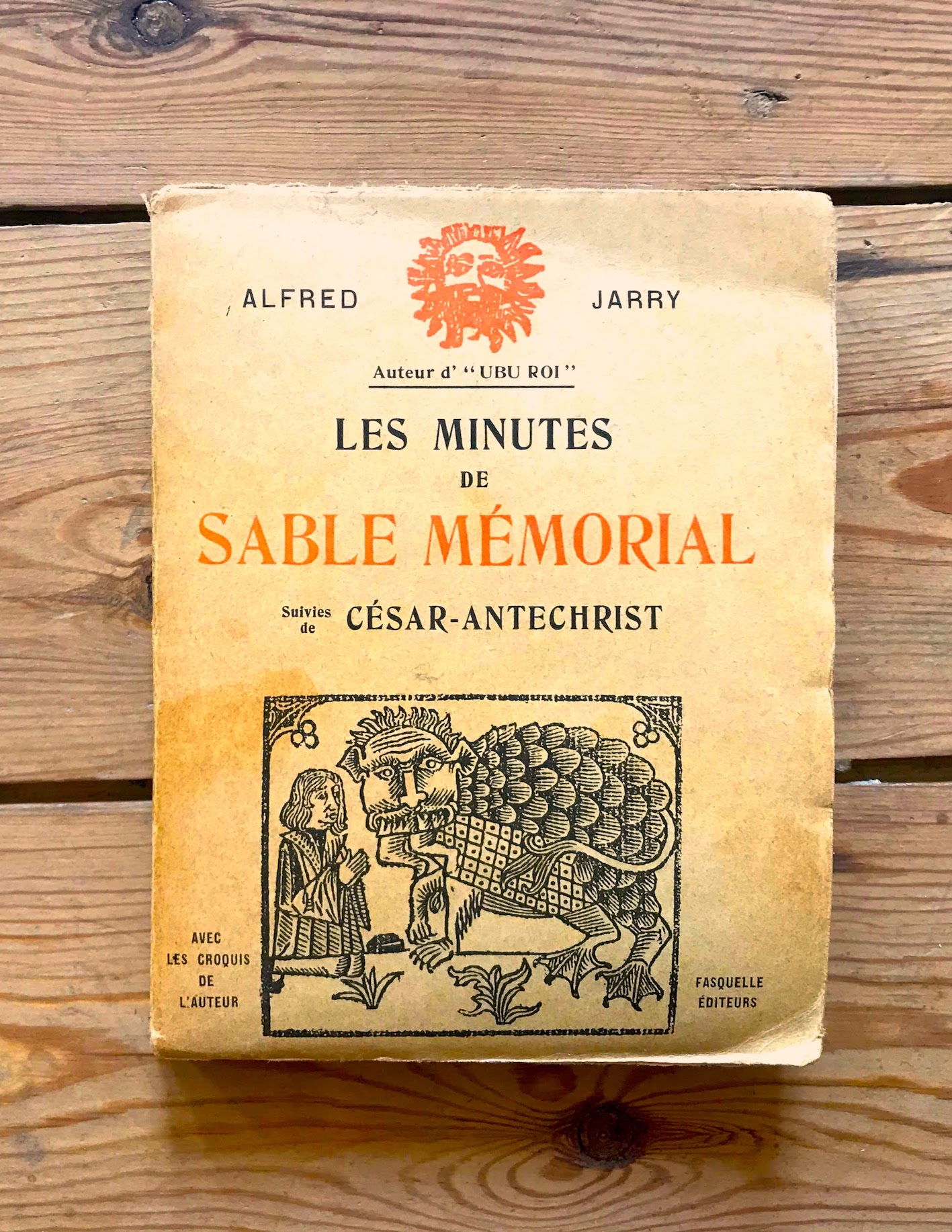 THE HAUNTED LAYER
THE HAUNTED LAYER
The invisible layer is in fact far from being imperceptible but its subtilty creates interest: The traces of its existence, its spectral proof lays in the existence of the archives, opening to (possible and imaginary) worlds. When an important subject is consciously avoided because a certain reason (controversial, embarrassing, dangerous) even if its omnipresence is obvious. Here I refer to a larger sense of refusal or omission, which pushes to ignorance. Influencing our cultural background consciously and unconsciously: Colonial roots, globalization impact, climate change, marginalization of minorities, etc.
Even if obvious it is important to highlight how the archive stands on hierarchy and selection. This paradox grows out of the very beginning of institutional archives, relating with the enlightenment ideas of the 18th century on civilization and the creation of the myth of modernity. But how can the archive be sentimentalized as the ‘memory of society’ on such fragile ground of the imaginary status it reflects?
Time has come to confront the archive with the archivist, time to reverse the gaze. Acknowledging that the archive is incomplete opens up different narratives to activate a critical position. The archive becomes then part of a contemporary introspection on the complexity of realities in which we live in, to take position of the past. Changing the narrative and empowering counter-archives challenges our present responsibility.
_______________
Archives are confronted to contemporary materialistic and digital issues. Internet permits a great access to extensive flow of information with an endless expansion. But the technological issues create selection criteria: Not all material may be coded, as not all material is archivable. These recording conditions are revealed by different thinkers, focusing here on interviews of different philosophers of the 20th century.
While getting filmed, I am impressed by some of them are highly conscious of the consequences of them being filmed creating an afterlife without their physical existence, a sort of spectral figure; this allow to comment about what they hope will be this afterlife, like Jean Cocteau very private interview in his dining room in his villa Santo Sospir in 1962 commenting the society in which he lives for the moment and moreover addressing himself directly to the camera as ‘the future’. He speculates on what society the viewer must be living now, and shares his hopes with him and also his current disappointments. He shares with the viewer of the video that he doesn’t consider his death separated from his life and even presents the death as liberating.
“Je ne me gêne pas, parce que je ne suis
plus la pour recevoir la raclée.”
He may dare to express his opinions (for example on the current French president) in a more liberated way than if he was still alive to have to undergo with the possible reactions. He expresses his hopes to a society which could finally understand and read his poetry (if he is still red by the people watching if he is still watch) seems to be a call to nowhere, a letter in a bottle and in this case as a sort of time capsule. He knows how subversive is his use of the camera, when he says that he believes more in myths than history:
“J’ai toujours préféré la mythologie à l’histoire parce que l’histoire est faite de vérités qui deviennent à la longue des mensonges et que la mythologie est faite de mensonges qui deviennent à la longue des vérités. Et si j’ai la chance de vivre encore dans vos esprits c’est sous une forme mythologique.Et je vais vous expliquer pourquoi: Qu’est-ce que c’est qu’un poète et par poète j’entends aussi bien un peintre un musicien ou un sculpteur ou un architecte, n’importe qui mais il ne faut jamais confondre ce qui est poétique et ce qui est la poésie. La poésie est une sorte de mathématique supérieure, de language suprême, et aussi il ne faut pas oublier qu’elle est presque toujours prophétique. Il y a chez le poète un prophète.”
He knows that through the use of film and camera, he is embracing the spectral (mythical?) image of himself, a sort of schizophrenic character telling stories of how he resent of his impressions. He is not telling the truth, he does not want his work to be seen as ‘what was it like in 1962’ but as a poem to the future. His preference for myths over history, by their relationship to the truth and to time, is to me very appealing. Myths are created with fictional characters, unbelievable stories, in a certain fantasy but their background is based on human truths and values – they refer to a certain universality of the human nature, to a sort of sincere and profound notion of shared knowledge. History on the contrary while laying the importance on facts, on reality and on context disforms and and dissolved through time what may be truth. All in all, history has lost in focus on what is actually important of the past and creates a border with what is important: looking forward. While Cocteau’s thoughts may seemed twisted at first hand, and the idea of speculating on the year 2000 is in fact his poetic act to history.
This frontal camera monologue of Cocteau reminds me of the famous Abécédaire de Gilles Deleuze , the unique interview the French philosopher accepted with a television theme, given by his former student and friend Claire Parnet and produced by Pierre-André Boutang in 1988-89.
The conditions in which Deleuze accepted the interview is that it will only be diffused after his death. During eight hours, they discuss 25 themes(1) ordered by alphabetical order approaching different ideas and concepts developed during his philosophical career. The interview was diffused in separated episodes, but the cuts due to the technical difficulties of the interview reminds the time passing by and sometimes interrupts Deleuze explications – these aspects reminds the technicality in which the interview is taking place, even if a little bit as in the monologue of Cocteau the atmosphere pretends to be private and intimate, like you were sitting in an cozy armchair with them).
Finally, Claire Parnet convince Deleuze to diffuse the interview in 1995 even if he is still alive which he accepts but he will commit suicide on the forth of November after the diffusion of the letter “G”. channel Arte goes on and today this interview permits a major access to the philosopher’s work and aura. The fact that he killed himself during the first diffusion adds to the creation to a form of mythical figure within the interview, which I would like to believe that Deleuze was aware of. At one point of the interview, he directly questions the viewer which is watching this after his death, and the context created by the camera and the frame he is placed in.
(1) Based on the Greek alphabet, therefore there is no letter Y
“ You have chosen an abecedary; you indicated me the themes, and now I do not know the exact questions but I have been able to think about the themes. To answer a question without having thought a bit about it beforehand is for me something inconceivable. What saves us, what saves me is the clause. The clause is: all that, will be used, if usable, only after my death. Then, you understand, I have already felt myself reduced to the state of pure archive of Pierre-André Boutang, of a piece of paper, and this cheers me up, comforts me a lot, almost to the state of pure spirit. I am speaking of, I mean after my death. (..) So, all suits me, everything is fine. Let’s start, A, B, C, D, whatever you want. ”
_______________
(28-03-2020)
While watching the documentary over Alice Neel (2b) , her son also reminds me this act of consciousness: over himself being filmed but also the viewer watching him. In fact, he is unveiling the miscellaneous act of filming and the subversive use of the camera. He wonders directly to the camera
“ why are you filming? ”
– wondering later why this moment had been kept through the different processes which end up in the viewer watching these images, it past through reality – to the camera – to the montage – to the sound extract – to the image and finally to me today watching this image on my computer screen. I do believe that the context in which a film is viewed plays a direct influence on the relationship that the film creates with the viewer. Watching a movie at the cinema, at home, or in another circumstance changes the whole experience.
(2b) Directed by Andrew Neel Produced by Ethan Palmer,Rebecca Spence Written by Andrew Neel / Starring Alice Neel, Hartley Neel, Richard Neel, Michel Auder, / Edited by Luke Meyer / Production company: SeeThink Films / Release date: January 21, 2007 (Slamdance) May 22, 2009 (United States)
I may not share the thought that TV isn’t cinema – but it is definitely an another experience within a domesticity context which must be thought out within this situation. The private space being brought within the television screen is clearly part of the interviews led with Cocteau and Deleuze, blurring the boundaries between the screen and the home. Television has become part of comfort entertainment and of many people’s domestic life in large parts of the world. This dependency to the moving image and sound conditions our relationships in our internal as external relationship to others. Our ‘connectiveness’ beyond screens grows out to a state of dependency. While we are riving eyes to the ground and to our hands, what is it that we are missing out? Focus brings out of focus – what stands outside the screen is outside the focus - a tribute to the blurry.
 Nederlands: Afbeelding van de 'Vita alme virginis Liidwine' van Johannes Brugman.
Het boek dateert uit 1498 en is gedrukt door de Schiedamse priester en drukker Otgier
Nachtegaal. Het boek is afkomstig uit de collectie van het Gemeentearchief Schiedam.
Biografienummer in 1001 Vrouwen: 36
Nederlands: Afbeelding van de 'Vita alme virginis Liidwine' van Johannes Brugman.
Het boek dateert uit 1498 en is gedrukt door de Schiedamse priester en drukker Otgier
Nachtegaal. Het boek is afkomstig uit de collectie van het Gemeentearchief Schiedam.
Biografienummer in 1001 Vrouwen: 36
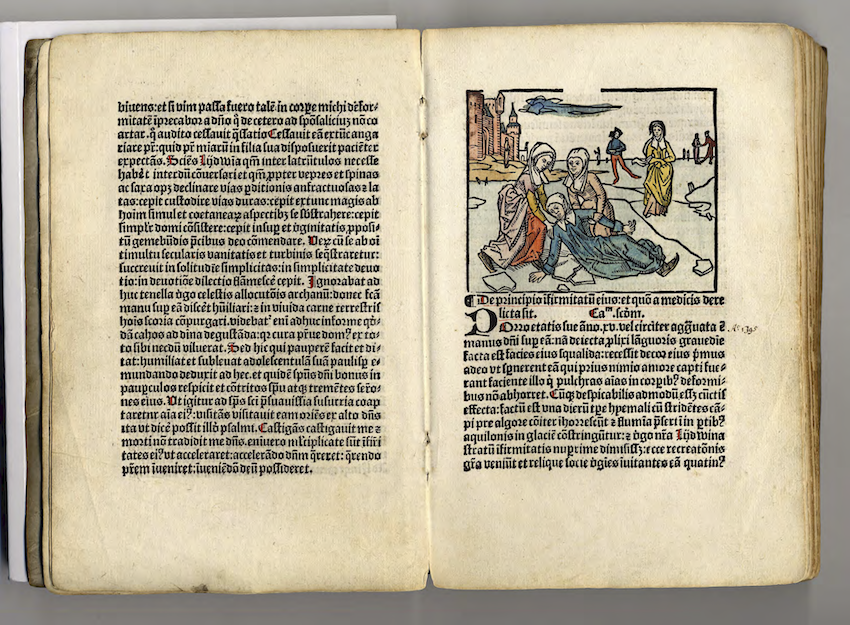 Lidewijde (van Schiedam)
SCHIEDAM, Lidwina van, ook bekend als Lidewij (geb. Schiedam 18-3-1380 – gest. Schiedam 14-4-1433),
beschermheilige van zieken en verplegenden. Dochter van Peter Janszoon (gest. 1425) en Pieternel
(gest. 1403). Lidwina van Schiedam bleef ongehuwd.
Rond haar twaalfde wilde haar vader Lidwina uithuwelijken. Haar moeder vond haar te jong en verzette
zich tegen een huwelijk. Lidwina zelf wilde evenmin in het huwelijk treden. Ze smeekte God haar een
ongeneeslijke ziekte te zenden, zodat ze onaantrekkelijk voor de wereld zou worden.
Tijdens een schaatspartij op Maria-Lichtmis (2 februari) 1395 kwam ze ten val. Daarbij brak ze een rib in
haar rechterzij. Enkele dagen later ontstond in diezelfde zij een groot gezwel dat maar niet wilde genezen.
Ze bleef voortdurend ziek, in totaal 38 jaar lang. De eerste jaren scharrelde ze nog een beetje in en rond
haar huis, maar vanaf 1398 lag ze op bed.
Aanvankelijk had Lidwina geen vrede met haar situatie: ze was jaloers op haar vriendinnen die gezellig buiten
konden spelen. De pastoor praatte met haar over de pijnen die Christus had geleden omwille van de zonden van
de mensen. Het overdenken van Christus’ passie gaf Lidwina innerlijke rust en vrede. Ze legde zich neer bij
haar ziekte. Sterker nog, ze wilde lijden om zielen uit het vagevuur te verlossen. Haar enige voedsel was de
Heilige Hostie. Op de derde dag na Pasen 1433 blies Lidwina haar laatste adem uit.
Al in 1434 bouwde het stadsbestuur een kapel boven haar graf. In 1615 werden Lidwina’s relieken overgebracht
naar Brussel. Op 14 juni 1871 werden ze naar haar geboortestad, Schiedam, teruggebracht. In 1890 werd Lidwina door
paus Leo XIII heilig verklaard.
Lidewijde (van Schiedam)
SCHIEDAM, Lidwina van, ook bekend als Lidewij (geb. Schiedam 18-3-1380 – gest. Schiedam 14-4-1433),
beschermheilige van zieken en verplegenden. Dochter van Peter Janszoon (gest. 1425) en Pieternel
(gest. 1403). Lidwina van Schiedam bleef ongehuwd.
Rond haar twaalfde wilde haar vader Lidwina uithuwelijken. Haar moeder vond haar te jong en verzette
zich tegen een huwelijk. Lidwina zelf wilde evenmin in het huwelijk treden. Ze smeekte God haar een
ongeneeslijke ziekte te zenden, zodat ze onaantrekkelijk voor de wereld zou worden.
Tijdens een schaatspartij op Maria-Lichtmis (2 februari) 1395 kwam ze ten val. Daarbij brak ze een rib in
haar rechterzij. Enkele dagen later ontstond in diezelfde zij een groot gezwel dat maar niet wilde genezen.
Ze bleef voortdurend ziek, in totaal 38 jaar lang. De eerste jaren scharrelde ze nog een beetje in en rond
haar huis, maar vanaf 1398 lag ze op bed.
Aanvankelijk had Lidwina geen vrede met haar situatie: ze was jaloers op haar vriendinnen die gezellig buiten
konden spelen. De pastoor praatte met haar over de pijnen die Christus had geleden omwille van de zonden van
de mensen. Het overdenken van Christus’ passie gaf Lidwina innerlijke rust en vrede. Ze legde zich neer bij
haar ziekte. Sterker nog, ze wilde lijden om zielen uit het vagevuur te verlossen. Haar enige voedsel was de
Heilige Hostie. Op de derde dag na Pasen 1433 blies Lidwina haar laatste adem uit.
Al in 1434 bouwde het stadsbestuur een kapel boven haar graf. In 1615 werden Lidwina’s relieken overgebracht
naar Brussel. Op 14 juni 1871 werden ze naar haar geboortestad, Schiedam, teruggebracht. In 1890 werd Lidwina door
paus Leo XIII heilig verklaard.
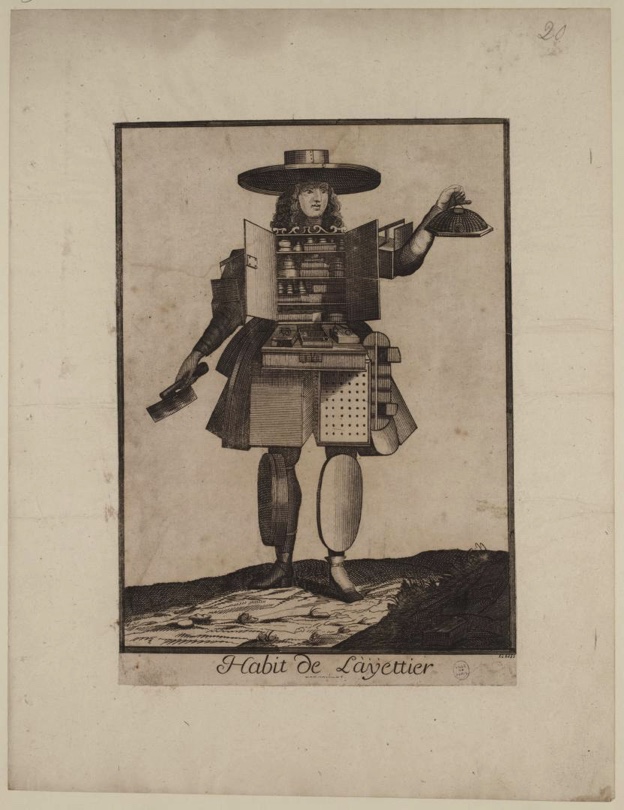 Different topics are aboarded, developed, researched and are assembled on this page.
Flux is as a sort of constellation in which concidence plays a leading
position to create a organic structure of analogies. The superfluous use of
external links illustrate the network structure of the flux. Striving a form of
tentacular thinking developed by the
American professor Donna Haraway, where academical notions can communicate
with other worldings, fiction can be an independent method of reflection (and not
only a mere illustration of arguments).
Different topics are aboarded, developed, researched and are assembled on this page.
Flux is as a sort of constellation in which concidence plays a leading
position to create a organic structure of analogies. The superfluous use of
external links illustrate the network structure of the flux. Striving a form of
tentacular thinking developed by the
American professor Donna Haraway, where academical notions can communicate
with other worldings, fiction can be an independent method of reflection (and not
only a mere illustration of arguments). 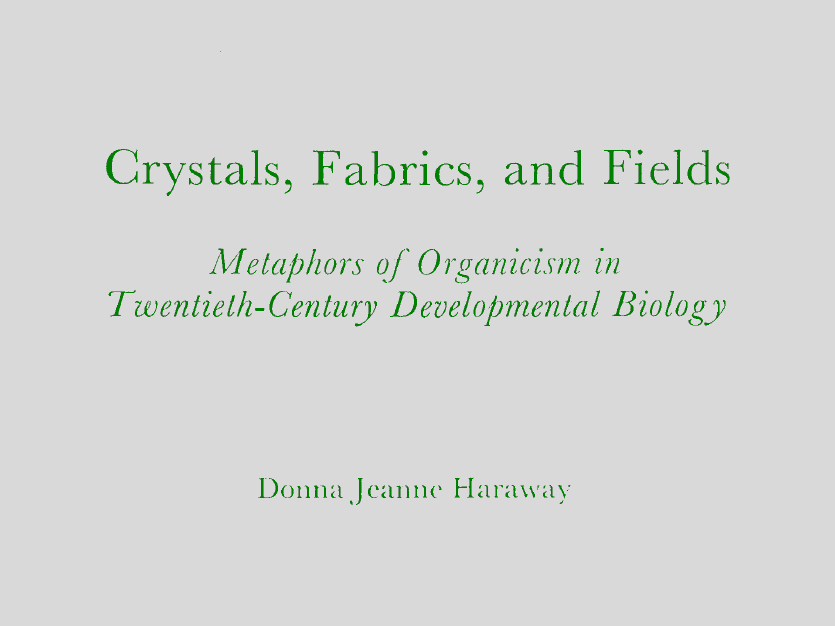

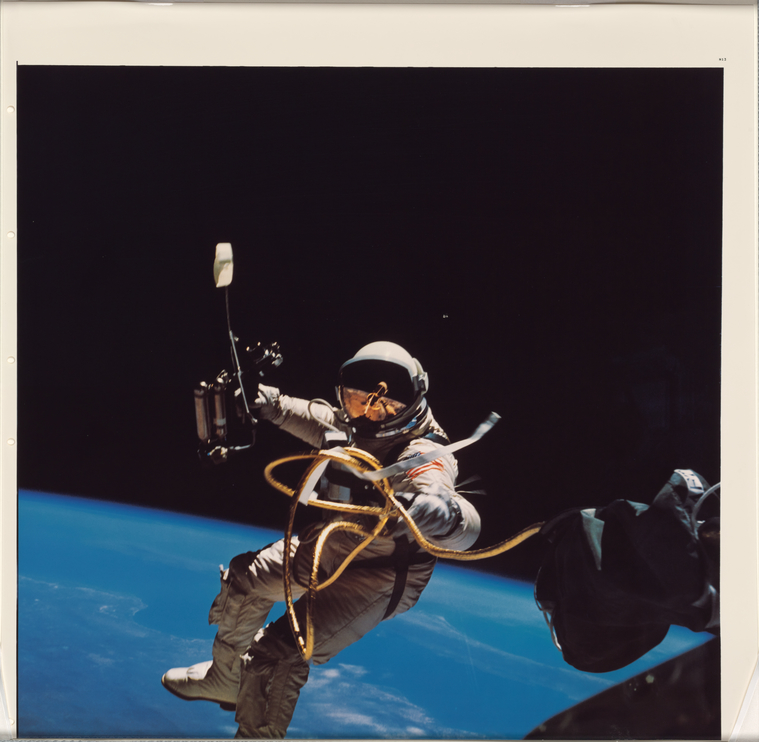

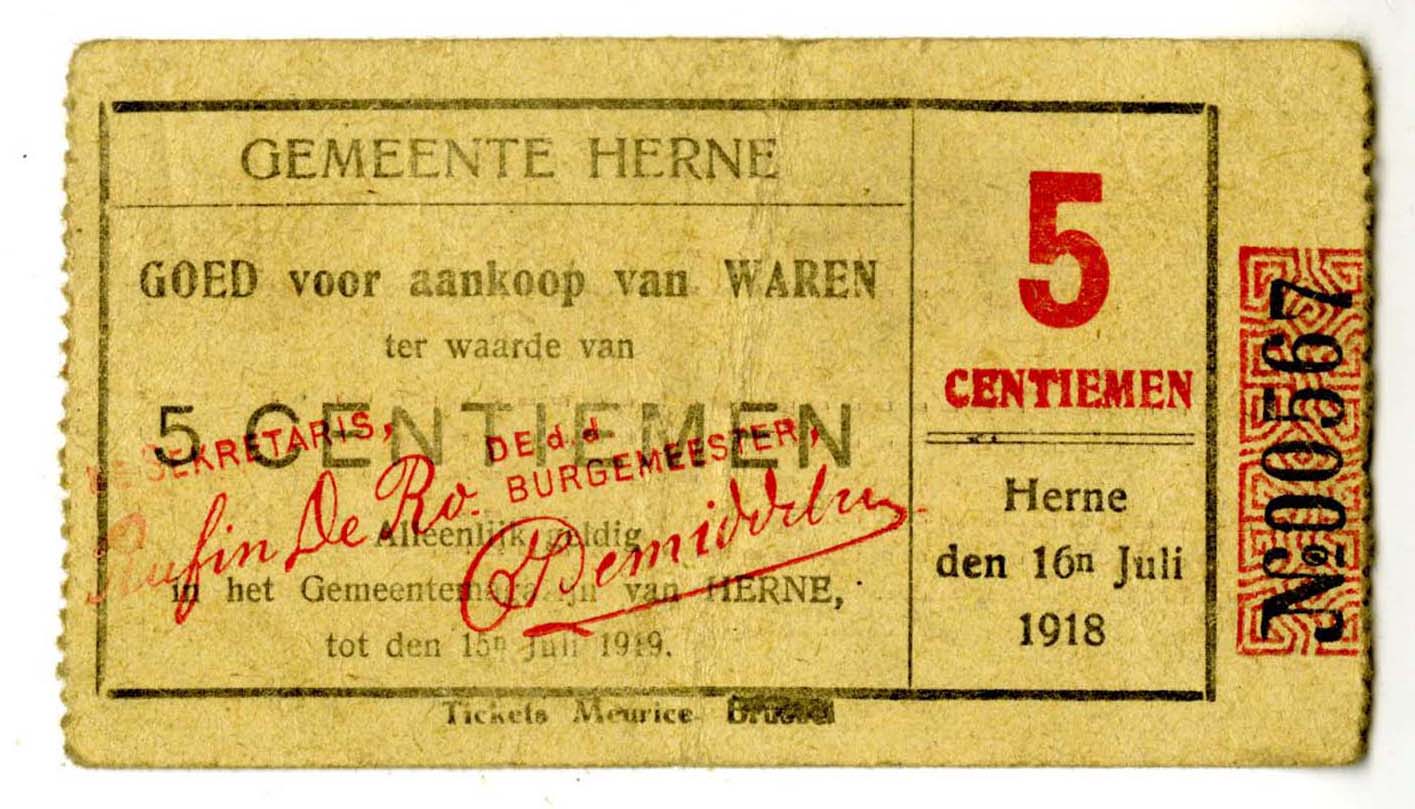
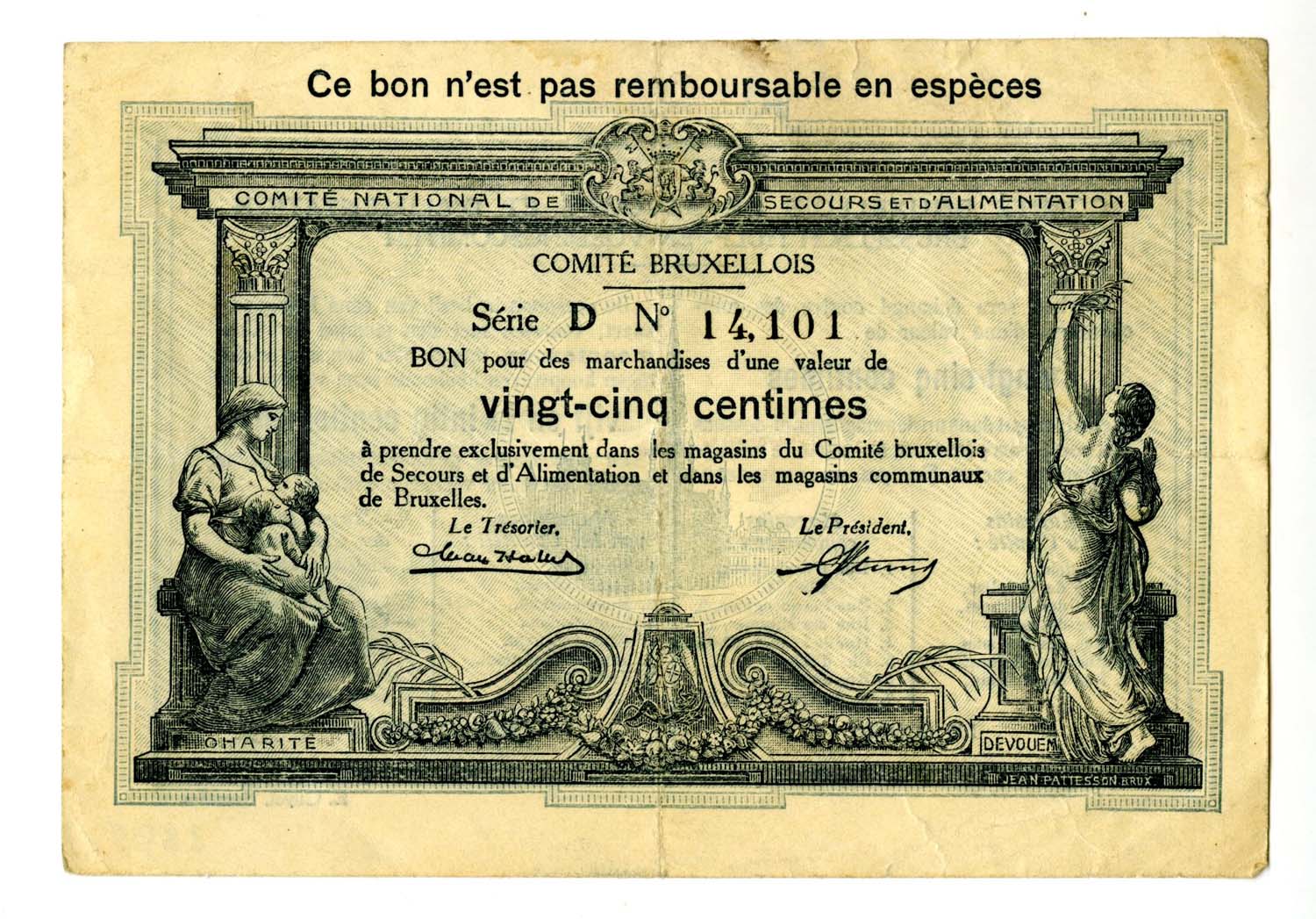

.png)
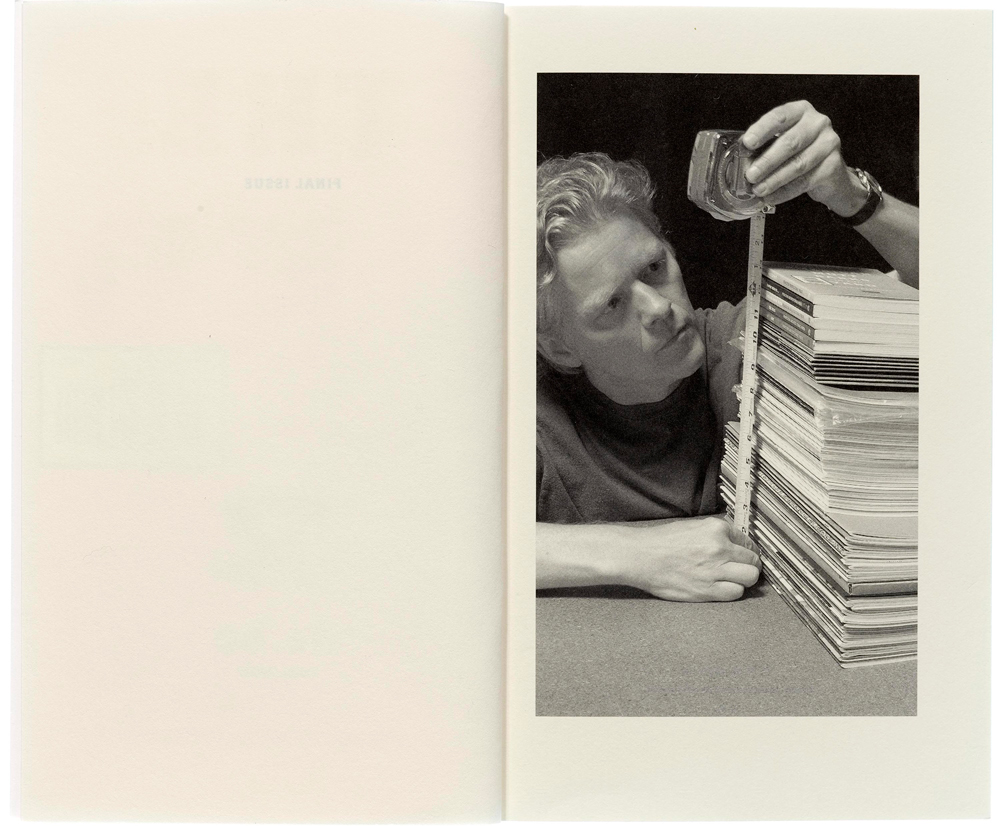
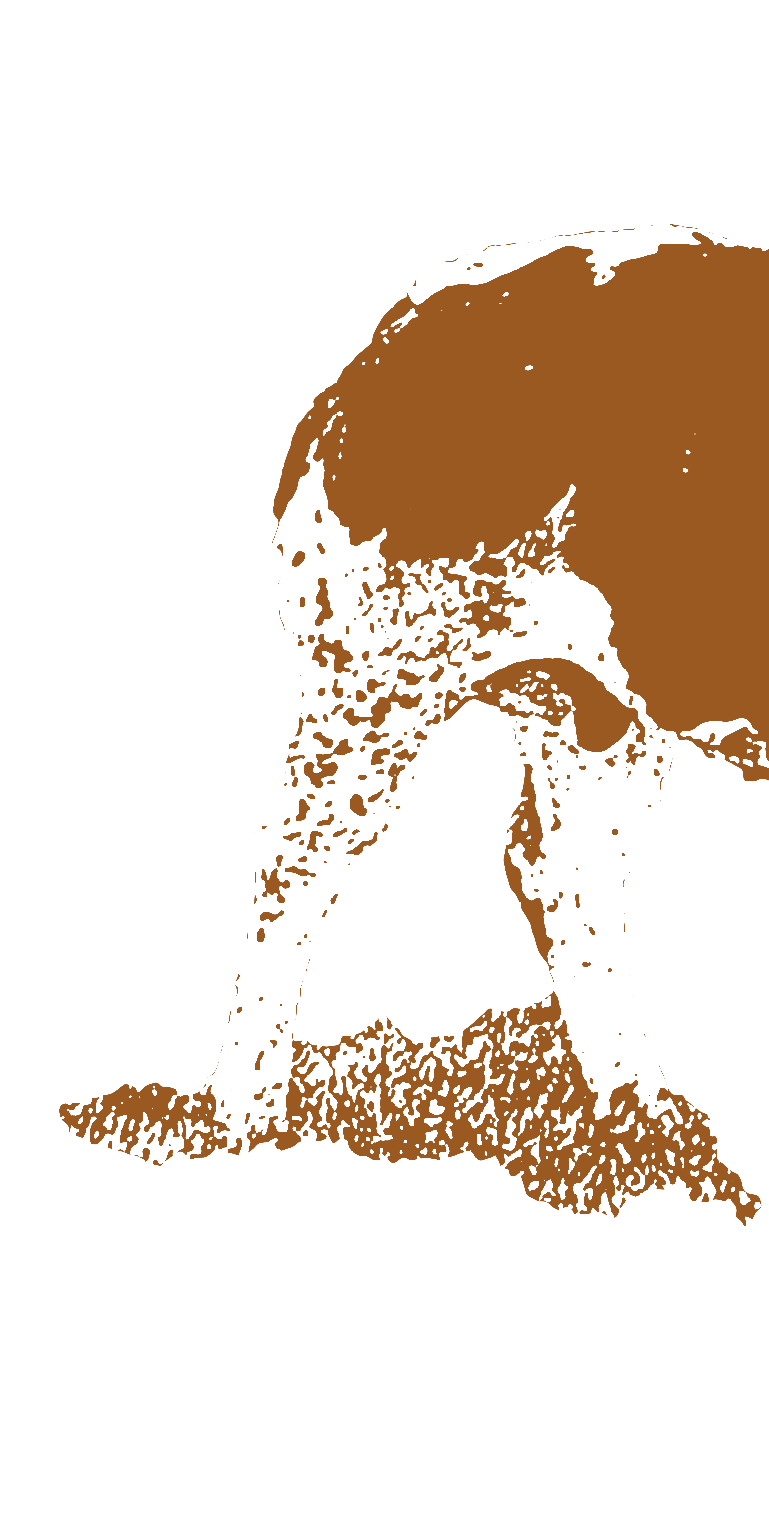 « Nous sentons très bien que notre sagesse commence où celle de l'auteur finit,
et nous voudrions qu'il nous donnât des réponses, quand tout ce qu'il peut faire
est de nous donner des désirs.»
Sur La Lecture, Marcel Proust, Actes Sud, Reproduit et achevé d'imprimer en mars 1994 par l'imprimerie Floch à Mayenne. N° impr. : 35620.
« Nous sentons très bien que notre sagesse commence où celle de l'auteur finit,
et nous voudrions qu'il nous donnât des réponses, quand tout ce qu'il peut faire
est de nous donner des désirs.»
Sur La Lecture, Marcel Proust, Actes Sud, Reproduit et achevé d'imprimer en mars 1994 par l'imprimerie Floch à Mayenne. N° impr. : 35620.
